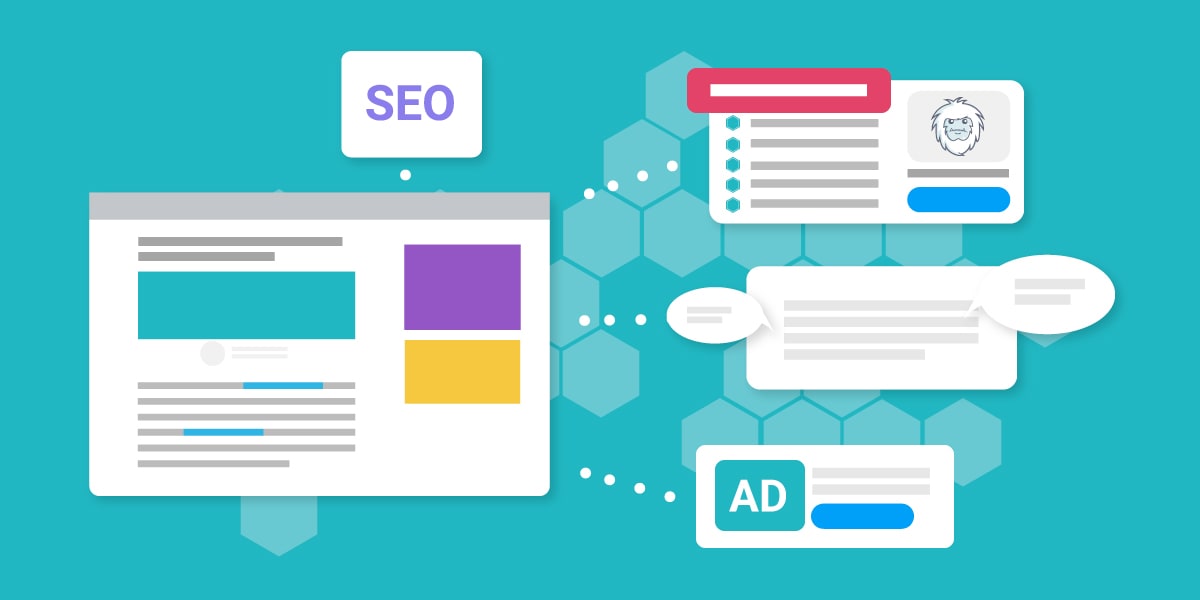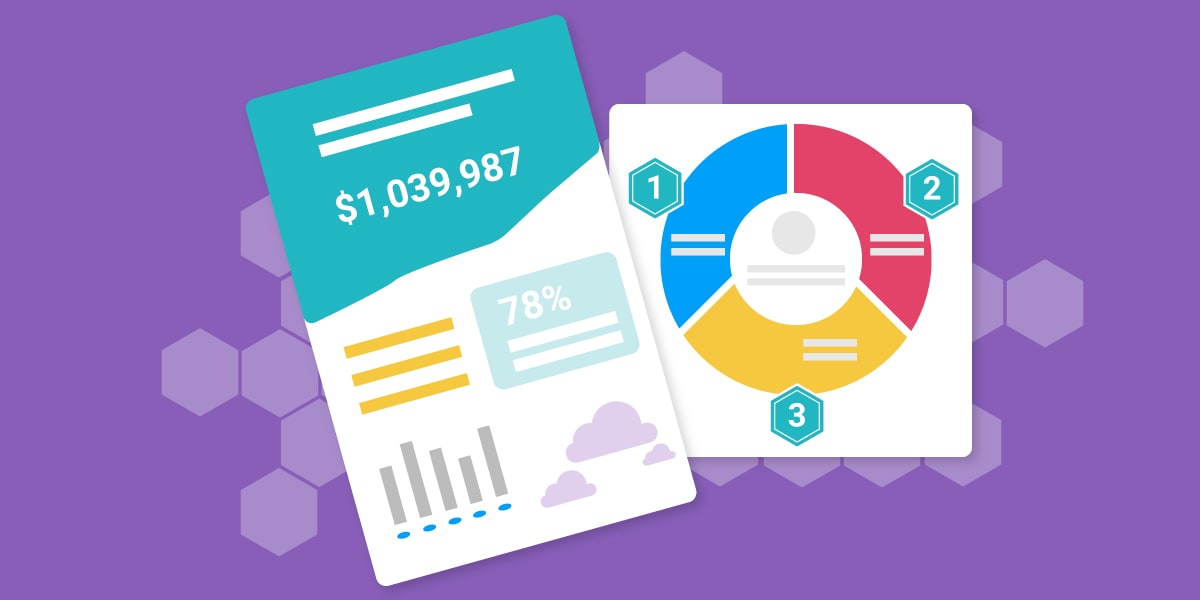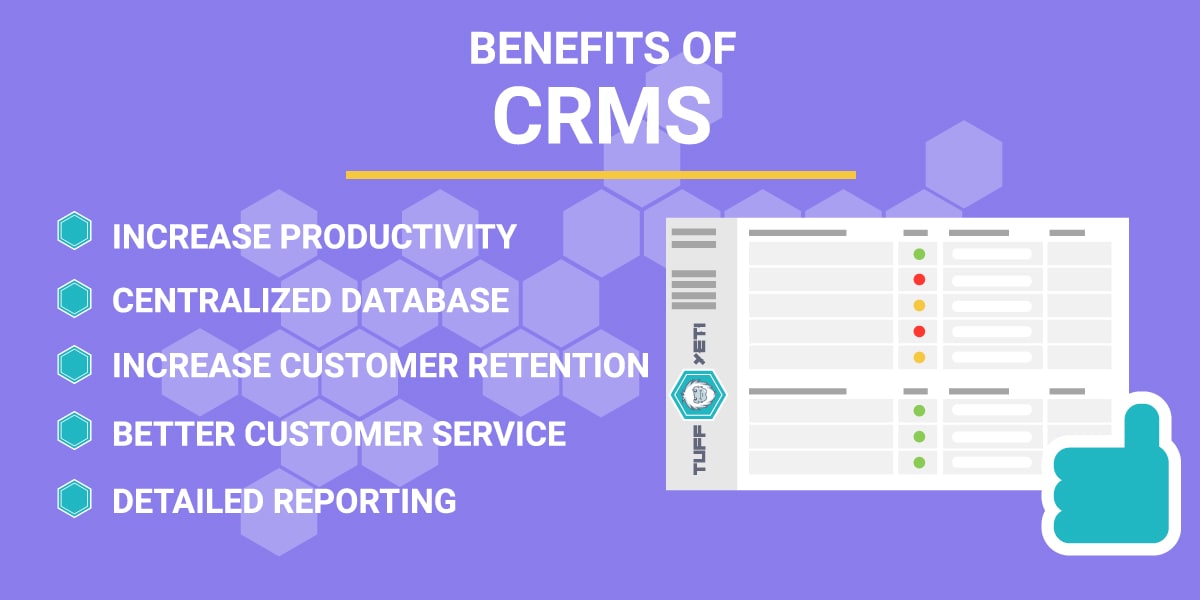How to Start an Online Store – 7 Steps to Get You Started
Setting up an online store can be done in a few clicks of a button thanks to many of the best ecommerce platforms that combine drag and drop editors with payment tools and web hosting servers.
However, there’s more to running an online business than just creating a store front and adding product listings.
You’ll have to perform your initial research, find the right products to promote and find the right domain name. It might be easy to start an online shop, but it takes time, dedication, and a few essential skills to do it right.

Throughout this article, I’ll give you 7 key steps it takes to start an online store the right way.
1. Find your business niche
Before you even get to play with all the popular website builders, if you haven’t already found your online store niche, then that’s your first port of call.
If you’re selling your own products, you’ll already have a good idea of the area of business you’re targeting. If you’re looking to promote others products through dropshipping, for example, then it’s time to do your research.
If you’re in this for the long haul and not looking for quick wins, it’s best to try and find a general area that reflects what you’re already interested in. This will help keep up motivation and drive your success later down the line.
You’ll be able to narrow it down into a smaller area (niche) and identify if there’s a market for what you want to try and sell online.
- Define your target audience – who are you trying to sell your products to? Identify locations, age range, and interests that might be looking for what your going to be selling.
- Take a look at current trends – Google Trends can be a good tool to use to identify what’s currently hot, what’s not and what’s consistently popular like belt buckles. (see image below)
- Research competitors – use search engines to find products or services that already exist for your chosen niche. SEO software like the Semrush competitor analysis and Ahrefs competitor research tools can help to see which types of content competitors are ranking for in search engines.
- Test your niche – if you can afford to, it’s always best to try and test your niche out before you spend the time to create an online store and full expand on your idea. One way to do this is use a landing page builder like OptinMonster to create a targeted landing page for a singular product, then drive traffic to this via paid ads like Adwords of Facebook to see if you get any bites. It costs a little, but can quickly prove if an idea is viable.

2. Choose the type of products you’re going to sell
While doing your research, you’ve probably uncovered a hornets’ nest of ideas about which types of products you’re going to sell or create in your online shop.
But it’s not all bad. You’ve already done one of the most important and challenging steps. You’ve identified who your target audience is, what’s trending, and potentially tested an idea or two out.
With this research in hand, it’s time to create a small list of products and test out the waters to see what will sell best and what doesn’t. You can then rejig your product listings to promote more of what sells and less of what doesn’t.
Successful products are ones that:
- Solve a problem
- Appeal to specific people – ie. VW Beetle enthusiasts
- Make the best use of popular trends – ie. pet carriers
The same rules apply whether you’re creating your own products or selling someone else’s. Of course, there are always exceptions to the rule, with products that are always in need like clothes, shoes, homeware, pet accessories, and more.
3. How are you going to fulfill your orders?
So you’ve found your new store niche and the products to sell in your online shop. It’s now time to figure out some of the logistics.
- Are you going to create the products yourself?
- Are you going to use drop shipping?
- Are you going to use a print on demand service to fulfil your customers purchases?
The business model you’ve decided upon will determine your type of fulfillment.
Sell your own products
Creating your products means you will need somewhere to store materials and the products you make. You’ll also need the space to package them yourself and either head to the local post office or use a delivery service to get them picked up and sent out to your customers in a timely fashion.
Your overheads are also a lot higher as you’ll need to buy and pay for all of the things above, something that’s not avoidable if you’re creating custom furniture or jewelry.
Create a drop shipping store
On the other hand, drop shipping needs no upfront costs, as the products you sell are stored by a third party who will then package and send the products out to your customers. This means nearly anyone can set up a dropshipping store even on the slimmest of budgets, as you get paid a portion of what the product sells for, with the rest going to the drop shipping company you use.
Create a print on demand store
Print-on-demand services work the same way and are great if you’re looking to sell your designs on mugs, laptop bags, and accessories. Setting up an online t-shirt store can be a quick and easy profitable business idea.
It’s not all sweet-smelling roses, though, with these types of business services.
As the on-demand services fulfill your orders, you have no control over how long it takes to create and send, with returns and problems being dealt with by the fulfillment provider—something to bear in mind when you set up your online store. Bad service could affect how your brand is perceived and your reputation.
4. Create a business plan
One step that’s often missed by many new entrepreneurs or small home businesses is creating a business plan.
I am guilty of diving headfirst into an exciting new project, getting distracted by all the possibilities without really thinking through some of the finer points.
They aren’t a must but can help you define your goals, your competition, and projections of how many items you need to sell to meet your financial targets.
If you’re looking for investors in your business idea, they will want to know that you’ve done your research, which is what a business plan offers them. The good news is that if you’ve gotten to this step, you’ve already identified most of the criteria that fit into your new business plan.
At it’s most basic a business plan should include:
- Executive Summary
- Company Description
- Summary of Market Research
- Identify Target Market
- Identify Competitors
- Outline Marketing Strategy
- Funding / Investment Needed
- Financial Projections with Timeline
5. Find your online store name
The next step in how to start an online store is one of the more fun parts: finding a name for your new online store.

Unfortunately, it can also be one of the hardest parts. Choosing a business name means you’ve got some more research to do. There are many companies already registered around the world with over 32.5 million small business in the US alone.
That doesn’t leave much room for new names. Thankfully, a business name can be made up of any series of letters and doesn’t have to make sense. Look at Google, for instance. Who would have thought that would have caught on?
Thankfully there are a few different ways in which you can find a new store name:
- Online business name generators – type in a few keywords about your business and you’ll get a list of possible business names back
- Domain name generators – type in a few keywords and you’ll get a list of domains back, GoDaddy domain registrar have a good one
- Business name services – you can pay people to find a brand name for you on Fiverr, a popular website to hire freelancers
No matter which way you find your new store name, you’re still going to have to do your due diligence to see if it’s already in use in the country in which you’re looking to sell your products.
At the same time, you’ll want to see if an appropriate domain name is available to buy that reflects your store’s name. This attention to detail helps with brand continuity, and you’ll need one when setting up an online store.
While you’re at it, why not check to see if the same name is available on the social media channels you’re thinking of promoting your business. This can help keep things simple with advertising, brand awareness, and social media management.
6. Time to create an online store
It’s finally time to let your creative side out and make your online store.
Thankfully you don’t need to be a web developer or even have any knowledge of coding to set up an online store.
Many of the best ecommerce website builders like Shopify ecommerce and BigCommerce make it easy for you to sign up, design, build, and launch a new online store complete with payments within minutes.
Pick a store theme from one of their many pre-made designs, then use their drag and drop style editors to customize every aspect of your website. Add your new brand name, a logo, images, and text, and pick from some standard features.
You’ll be able to create pages, add product listings and ensure that your store looks the way you want before you launch.
Many ecommerce builders have other tools built in that let you add popular payment options like Visa, PayPal, Apple Pay, Google Pay, and more with a few clicks. PCI compliant means any transactions are secure, and free SSL certificates let you keep your customer browsing your products in a safe environment.
Some integrate with other apps like email tools, customer relationship management software, financial software, analytics tools, shipping software and more. Basically if you can think it, there’s probably an app you can add to your store that will do what you want, with a tweak or two.
Most online store creators have analytics, SEO features, and reporting built-in, so there’s plenty to keep you busy setting up your new online storefront.
Here’s a few ecommerce website builders I recommend you take a look at:
7. Market your online store
Once you’ve set up your shop, it’s time to increase its visibility across the internet. That’s where online marketing tools come into play. There are many ways you can market a website online, with some costing more than others, taking more time to set up, and continuing with.
Depending on your budget, team size, and skill set depends on what you’ll be able to do and when.
Step up your online stores’ SEO strategy
One of the best ways to increase your exposure is via search engine optimization. SEO is important for your small business as ranking high in search engines for your product listings offers a great return on your investment if done well.
Compare SEO software like Semrush, SpyFu, and Ubersuggest which provide you with a range of tools to complete a variety of tasks. Whether that’s trying to find new keyword opportunities, checking on your keyword rankings of finding out what is working for your competitors so you can do something similar to compete.
You’ll even be able to see who links to your website and get an SEO audit to find any technical issues that might need fixing.
The only real downside is that an SEO strategy can take a good 3-6 months to see any results, which is too much time for some small business stores. You also have to continually check-in, change content, and improve your website.
Top tip: create a blog with articles around your given niche that can help fill keyword gaps in your website and adds more ways for people (customers) to find your products.
Social Media Marketing
There’s no doubt that social media marketing is a great way to get your brand in front of prospective customers.
With many, you’ll be able to segment your audience to target the people that fit into the demographic and location that you’re focusing on. Some website builders like Hostinger’s integrate directly into social media channels like Facebook as well as popular marketplaces like Amazon, letting you create an omnichannel online presence for your store.
Many store creators have built-in social media tools. Still, there are also many other social media management websites that let you take control of all your social media channels from one account, which could be more beneficial.
One of the best social media scheduling tools is MeetEdgar which lets you schedule new posts, as well as build an evergreen list of posts that can automatically be scheduled if you ever run out of new posts. It means you’re always posting content even if you don’t have the time to create new ones, making sure your shop is always in the minds of potential customers.
Paid advertising
PPC campaigns (pay per click) are a great way to test out your niche idea, helping to promote your brand at the top of search engines.
Depending on how competitive your niche is and the terms you’re trying to compete for can drastically change the price you pay per click. In a not-so-competitive niche, it can range from a couple of cents to a couple of bucks. You’re looking more at $5+ upwards of $100 per click in a highly competitive niche.
Advertising online can have a major impact on your marketing budget but could also provide you with some decent returns on your investment. Best to test, test and test, see what works and what doesn’t.
Creating an online store takes time
Even though you can create an online store in a few clicks, starting an online business takes time, dedication, and lots of research, especially if you’re doing it for the first time.
Many online stores take months, even years, to get to a level of good brand recognition, especially if you have a limited budget to market your store. The more money you have to market, the quicker you can gain exposure and see results.
If you’ve got a good idea for starting a shop to sell products, whether physical or digital, remember to do your research and due diligence. It will help you get your store off on the right foot, target the right people, and find the site builder that’s right for now and for future growth.
And you know what, if you don’t succeed with your first idea, try, try again, cause there are lots to gain from working for yourself whether that’s as a side hustle or a full-time business.













